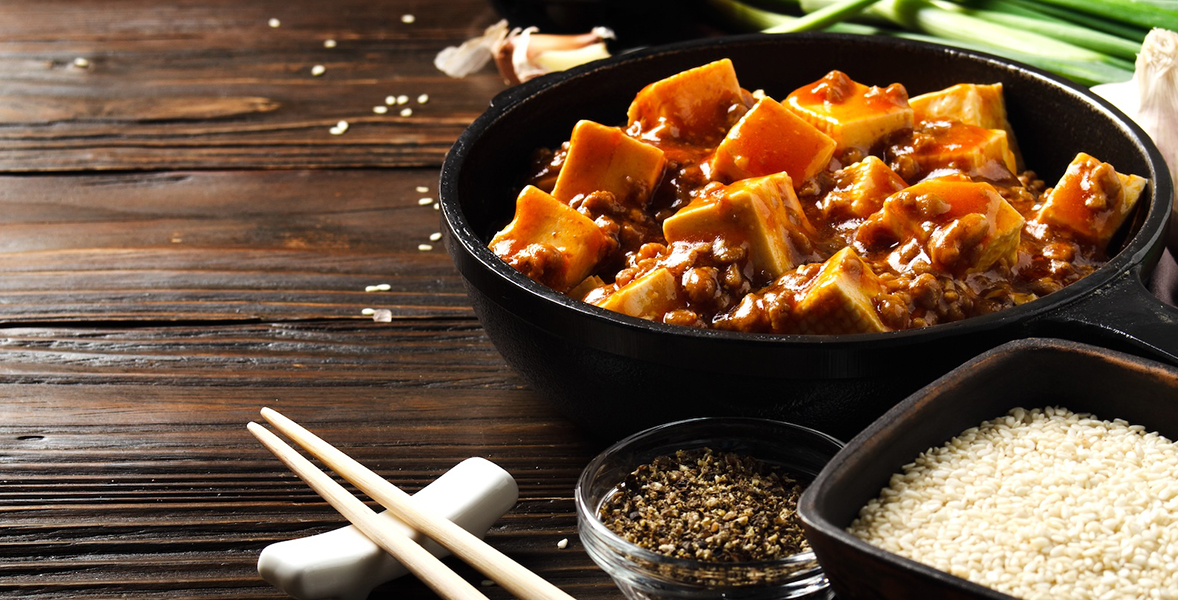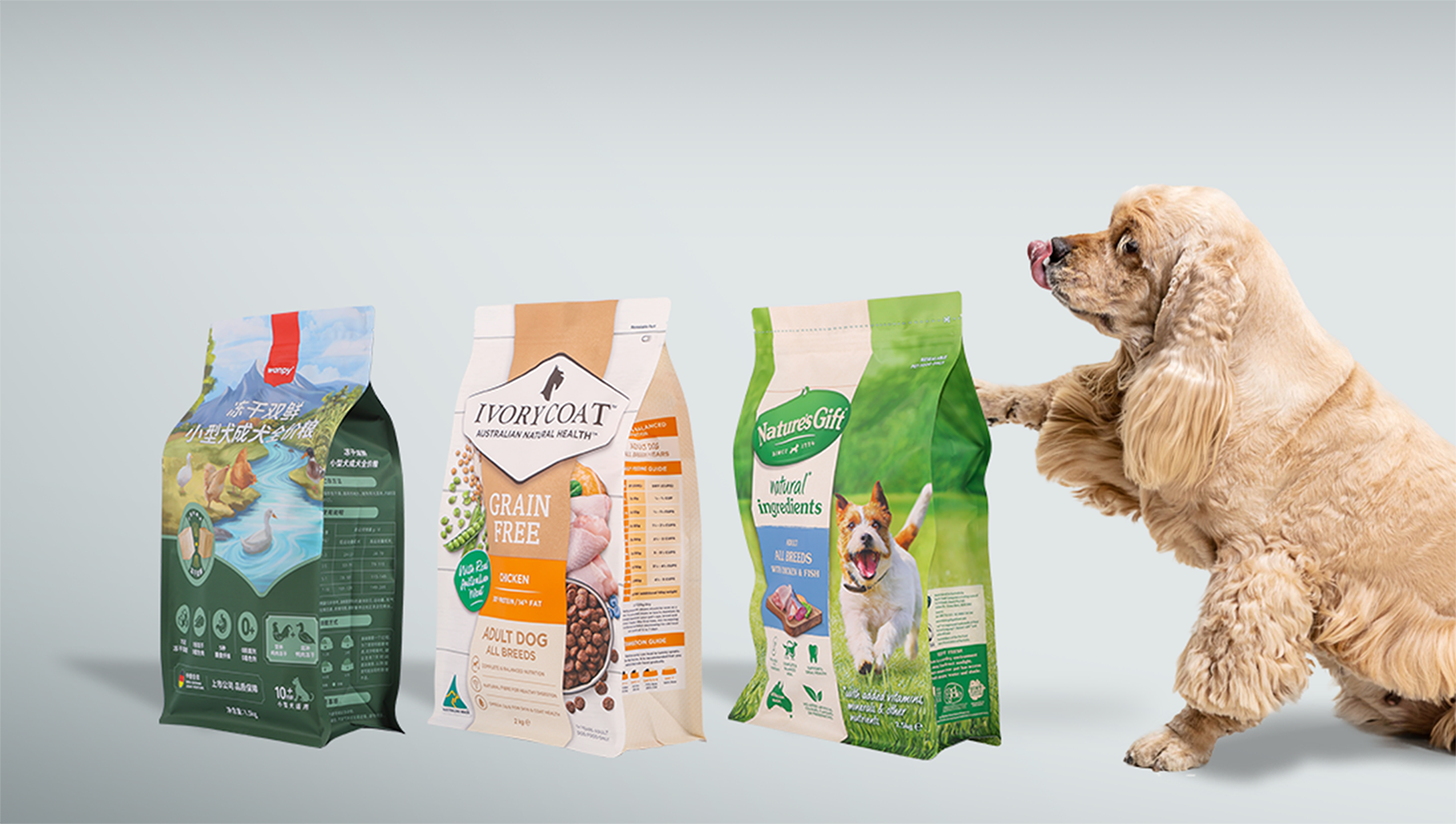Eco-friendly innovationin packaging for a multinational coffee company
China's coffee market is still in its early stages, with total and per capita consumption significantly lower than in mature markets like Europe, the US, Japan, and South Korea. This indicates a substantial growth potential for coffee packaging demand.

We achieved dual sensory requirements for print quality and tactile feel, while also fulfilling our client's environmental sustainability goals. We are now in mass production of paper-plastic eight-side-seal coffee bags.
The Challenge
The current flexible packaging structure is a composite of plastic and aluminum foil, utilizing gravure printing on the film. This method allows for high-quality, saturated prints and complex designs.
Our client wanted to reduce plastic usage by replacing part of the plastic with paper. However, gravure printing on paper often results in poor print quality and solvent residues from printing and laminating processes failing to meet national standards.
The Outcome
Printing Process:
We replaced gravure printing with flexographic printing, which uses less ink and reduces VOC emissions during production, meeting environmental requirements.
Paper Selection:
We selected paper with the right smoothness to ensure high-quality print results while also providing the desired tactile feel for the packaging.
Laminating Process:
Incorporating paper into the packaging structure made the original dry lamination process unsuitable due to high solvent residue levels. We switched to a solvent-free lamination process, which is more energy-efficient and eliminates VOC emissions.




